Taming the Automobile
Early Regulation of Motor Vehicles in America, 1895–1903
 by Kerry Segrave
by Kerry Segrave
Author Kerry Segrave (b. 1944) is a veritable writing machine having written and had published 48 books to date of which this Taming the Automobile is number 47. With this publisher, McFarland, he has released at least two different titles each year.
The most recent versions of Segrave’s biography describe him as a cultural historian. But an earlier version gave a bit more insight calling him a “veteran entertainment-media researcher” and pointed to some of his earliest titles such as Drive-In Theaters in 1992, then the 1994 Payola in the Music Industry, the 1997 American Films Abroad, and the following year American Television Abroad, with another, as the century closed, titled Movies at Home.

The steam-powered Toledo in this image was owned by photographer Oliver Lippincott and was said to be the first car ever to reach the rim of the Grand Canyon, on February 5, 1902. It is obvious Lippincott was adventurous. To see more of his fabulous photos, key his name into your computer’s search function.
Close inspection of the bibliographies of his various books indicates that these days Segrave conducts the bulk of—if not all—his research online, accessing various sites such as the “Chronicling America” database of the Library of Congress, newspapers.com and newspaperarchives.com where one can search digitized publications of all sorts. In turn, that enables him to also broaden and further expand the subjects he explores in those nearing 50 titles. You can see all of Segrave’s titles to date on his publisher’s website.
Where the majority of automotive histories dealing with the earliest days point out the rapidity of technological advances and, concomitantly, ever-increasing distribution and sales, Segrave presents an opposite point of view. His focus is on the push-pull between the auto lobby and local and regional lawmakers in those very earliest years.
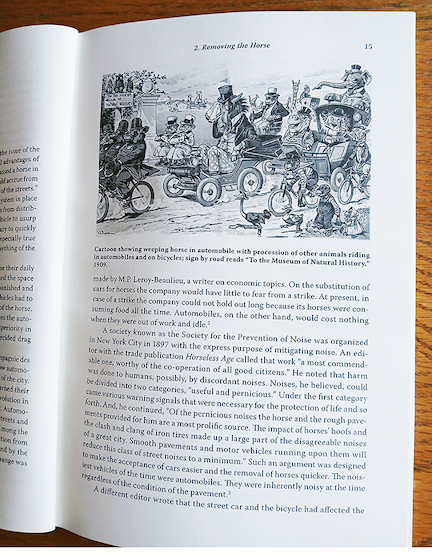
Images in the book are whatever Segrave found in the public domain thus often include published period cartoons such as this to illustrate his point. The animals drawn by the cartoonist are en route to become museum pieces due to being supplanted by the automobile.
Then too, reading details Segrave shares also points up what seems to be a very human trait: a general resistance to change, any and all change. That is brought home in what is provided in the three appendices. The first is 18 pages of “Selected Laws, 1902–1903” first on a Federal level and then by specific locations. The second, titled “Some Leading Automotive Suits,” might have more clearly been worded lawsuits. And the third appendix is a truly sobering chart of “Deaths in U.S. by Year,” those years being 1899–2022.
Oft cited in this book and many others is The Horseless Age: The Automobile Trade Magazine published from 1895 to 1918. As all 44 volumes have now been digitized anyone can search its pages or, if so inclined, simply peruse for the pleasure of traveling back in time online at HathiTrust.org and other sources. Segrave refers to it often such as with this: “On October 1, 1902, Horseless Age published a list of automobile clubs both in the United States and in Europe. The American listings totaled 56 organizations.” A few pages later there’s “Horseless Age commented on speed limits that were implemented in France in the summer of 1898.”

Thankfully all of the roadside signs proposed or in use in the earliest 1900s did not survive to current day. These shown were proposed by the American Motor League. Care to guess what each of these published in the September 26, 1903 issue of the Morris (Minnesota) Tribune is indicating?
In fact, Horseless Age is referred to with such frequency that it warranted its own listing in the Index for, as with most all McFarland-published books, there is a quite thorough Index as well as Bibliography and Chapter End Notes. Well-printed on archival paper and equally well-bound, these books are meant to last and be referred to themselves with frequency whether in printed and bound version or purchased as an ebook.
Segrave’s inquiries turned up a plethora of information regarding that aforementioned push-pull between automobilists and society in general especially regarding what constituted speeding and how it could or should be regulated. Thus he devotes three chapters to the topic, followed by one discussing “Accidents, Deaths, Insurance” with the concluding 60 pages discussing “Laws, Rules, and Regulations.” As page after page confirms, integrating the automobile into society wasn’t easy or smooth. Emotions ran high on both sides which, in turn, gave period reporters and publications much to write about and for Kerry Segrave to subsequently discover and fill the pages of his 47th book over a century later.
Copyright 2024 Helen V Hutchings (speedreaders.info)


 RSS Feed - Comments
RSS Feed - Comments





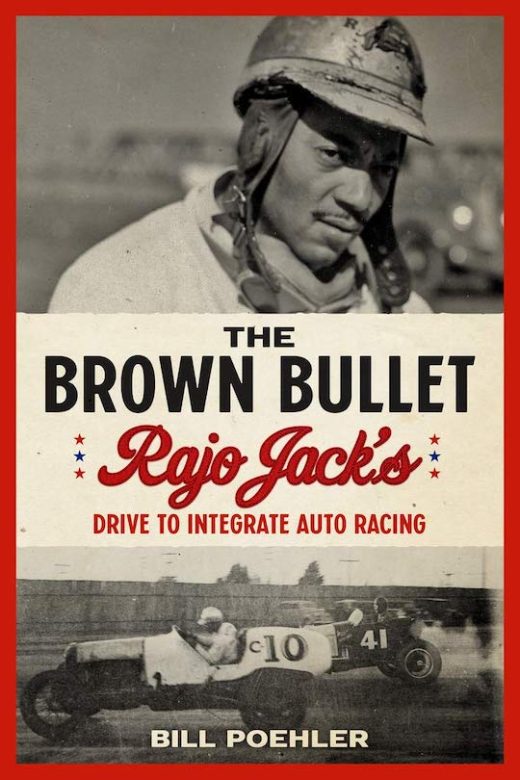

















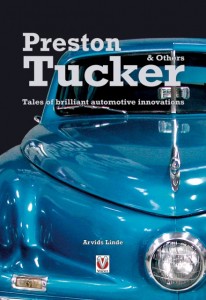


















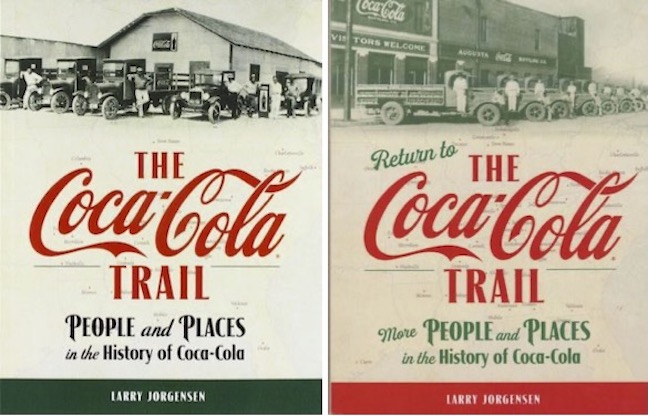




















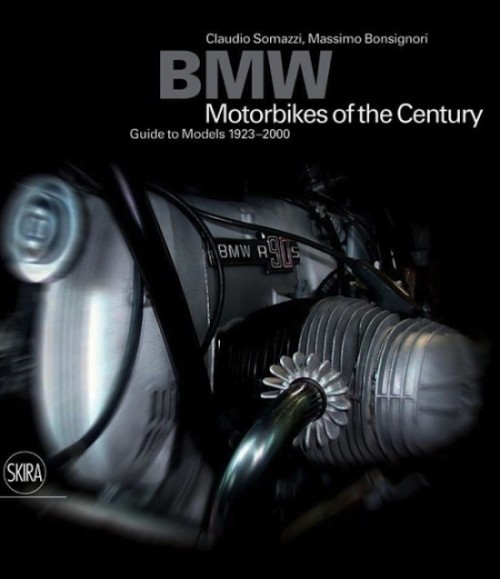






 Phone / Mail / Email
Phone / Mail / Email RSS Feed
RSS Feed Facebook
Facebook Twitter
Twitter